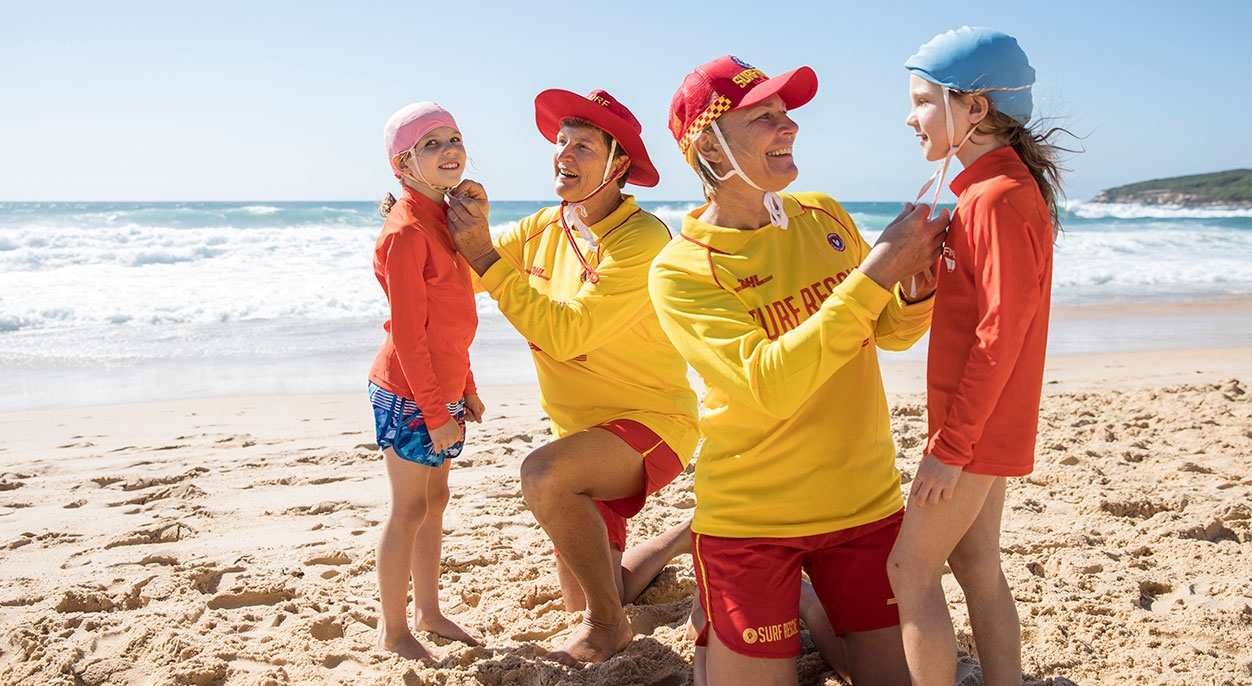How well can you spot a rip in the ocean?
Many of us choose to live on the coast because of the wonderful lifestyle it offers us – a better work / life balance, more affordable homes, less traffic and of course, easy access to beautiful places like nature reserves and beaches.
But our beaches can be dangerous and even those who would consider themselves capable in the surf may have, at one time or another, found themselves seeking help.
Did you know that..
as of February 19, 2020 there have been 65 drowning deaths reported in Australia over summer? On average, one person has drowned every week at an Australian beach for the last 5 years and 10 people are rescued every day. Coastal areas account for 55% of drownings. 87% of the lives lost are male and a third of those lives are young men aged 18-34. As well as overseas visitors to our shores, those unfamiliar with the beach are at greater risk of drowning. We all need to be aware of the dangers our beaches present with rips being one of the most common hazards.
Three out of every four people do not know how to spot a rip
Being able to recognise a rip is one of the first steps in being able to avoid being caught in one. Here is an insightful video about how best to spot a rip with thanks to Surf Life Saving Australia.
We also caught up with Greg Hackfath, the Team Leader of Lifeguard Services on the Coffs Coast. Here’s what he had to say….
“A huge issue I see on a regular basis is trying to teach someone how to spot a rip current. The scenario most publicised is on a perfect day where you see a nice green or dark channel running between the sand banks and no waves breaking where the rip is, the rip travels perpendicular to the beach. Unfortunately, when large swells occur, or high winds, rips just aren’t that easy to spot, they have wave action in them, they move diagonally or circular and they can sometimes cross sand banks. To reiterate the facts, three in four people cannot spot a rip.”

Swimming at patrolled beaches and staying between the flags are musts when it comes to beach safety
Greg’s tips on the best way to stay out of trouble at the beach:
Greg was also kind enough to share his tips on how you, your friends and family can stay safe:
- Whenever possible, swim between the red and yellow patrol flags.
- If there are no patrol flags erected, take five minutes to check the conditions. Ensure there are other people about (surfers in the water), have a flotation device (body board or surfboard), look for sand banks (it’s where the waves break), stay away from rocks, deep holes, river and creek mouths. If you don’t feel safe, DON’T GO IN.
- If you are unfortunate enough to get caught in a rip, STAY CALM, raise one arm and call for help, float and conserve energy and either wait for assistance or swim slowly towards the white water of breaking waves diagonally with the current (never against it). Remember white is right, green is mean.
- Recognise your own ability, over-estimating your skill can result in tragic consequences.
- NEVER attempt to rescue someone without a flotation device (body board or surfboard) …not an inflatable flamingo.
- Locals can also help. Talk to visitors in the area and if you see someone going in the water that you believe to be dangerous, tell them and direct them to a patrolled area.
For further information on what to do when caught in a rip and other beach safety advice – read this helpful fact sheet from Royal Life Saving.


